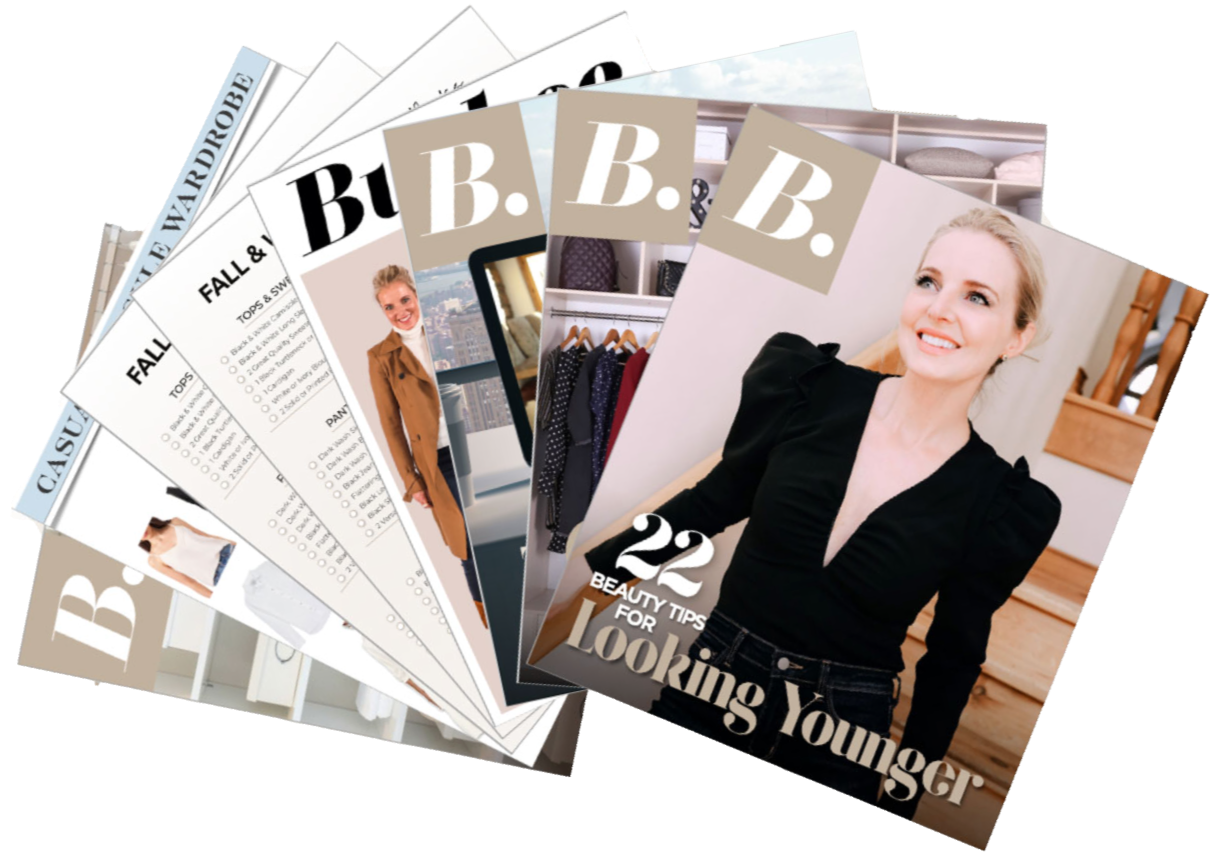List Of Harmful Ingredients
If you haven’t been following along with this clean beauty series, make sure you also read post #1 and post #2. You might want to bookmark this post because there is A LOT of information and you will likely have to refer back. We are going to dissect ingredients and get informed so you know what to watch out for when you are looking at labels.
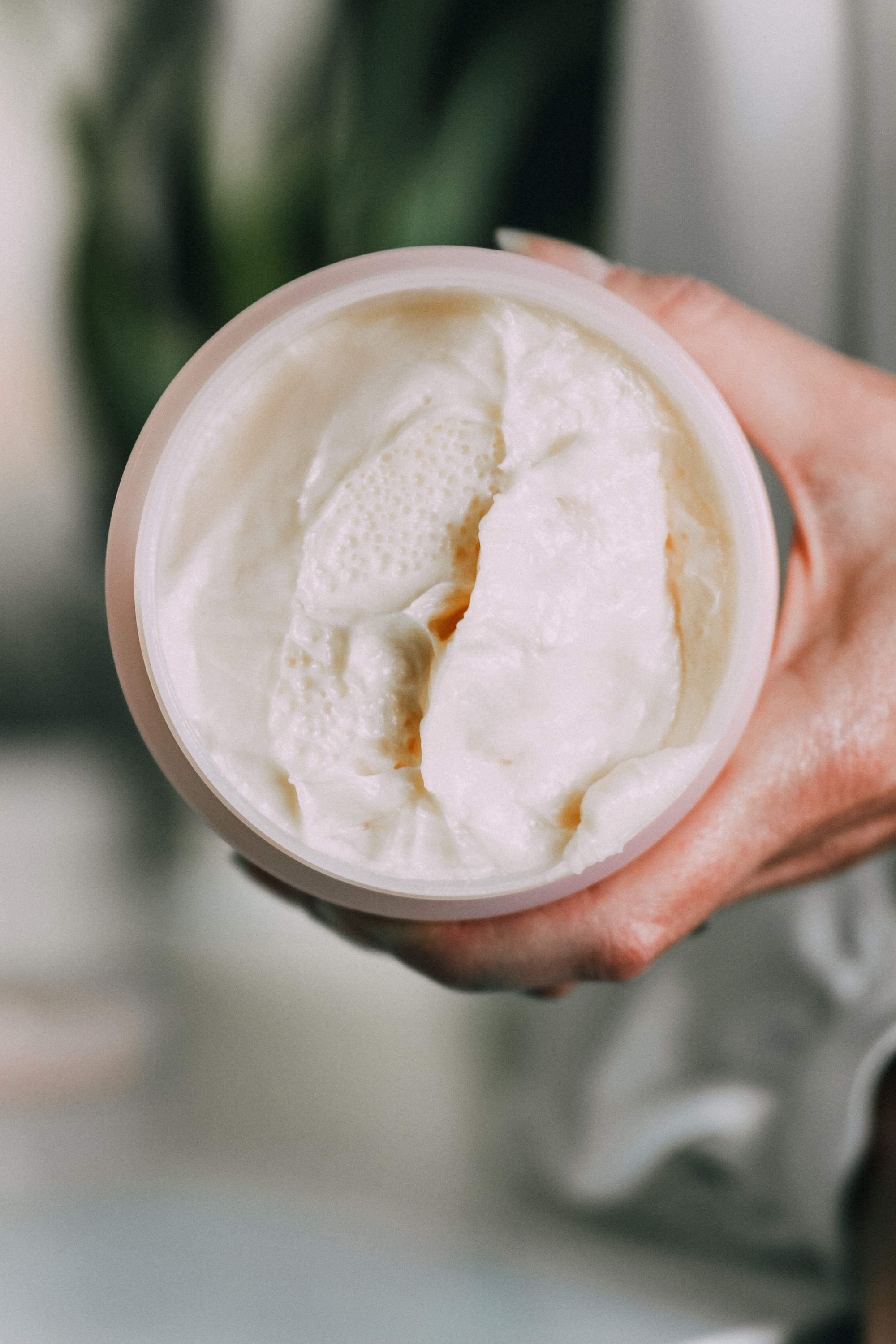
Ingredients To Avoid
Have you ever stared at a beauty label and thought, what the heck is THAT??? I do this pretty much every day and even after all of my research, I still have to look up ingredients quite often. The names are long, unrecognizable and confusing. Cetearyl Alcohol, Hydrogenated Ethylhexyl Olivate, Hydroxyethylcellulose, Chlorphenesin… those are just a handful of ingredients I pulled from ONE product. (BTW, I have NO clue what any of them are.) Many ingredients are totally fine and safe, but many…are not. One of the keys to cleaning up your beauty products is avoiding synthetic or man-made ingredients. That seems simple enough, right? Unfortunately, it’s not. An average woman uses 12 beauty products every day. Within those products, there are over 100 ingredients. Many of them are harmful and should be avoided.
Put another way, of the 82,000+ ingredients used in personal care products, almost 14,000 ingredients have carcinogens, hormone disruptors, or are questionably harmful in other ways. 14,000!! Let that sink in for a moment. When you have that many, it’s virtually impossible to avoid every single one. So for the sake of simplicity… I highlight the worst of the worst below.
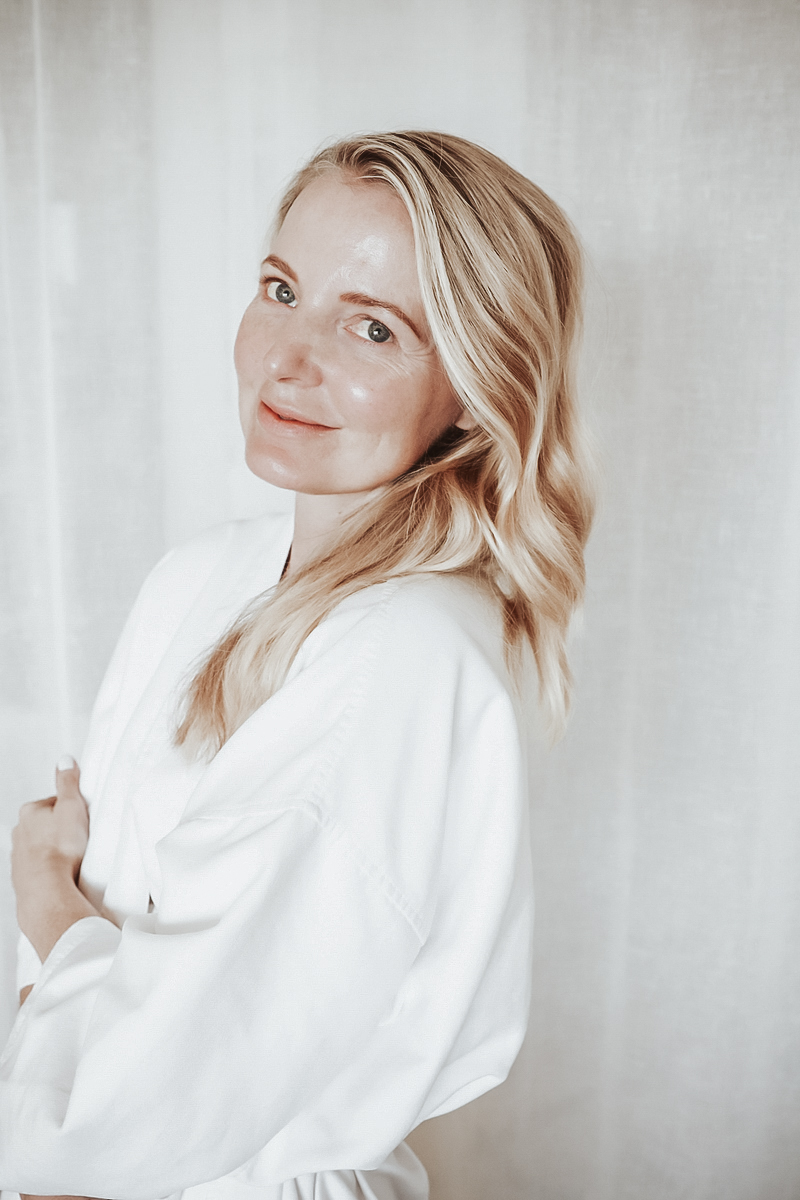
Looking Up Ingredients
If you’re unsure about an ingredient or product, I highly recommend doing your research on the EWG Skin Deep database. You can search for products, ingredients, and brands. You’ll get a safety score, see what problems are, and they even show studies that prove whether an ingredient is safe or not and why. My goal is to only use products and ingredients that score no higher than 1 or 2. If that seems like too much work and research, Beautycounter has something they call The Never List that includes a list of products you should never use. Or you can reference back to this post.
Through my research, I’ve gathered the top 10 ingredients that continue to come up as the most harmful. I’m going to explain what they are and why they are not good!
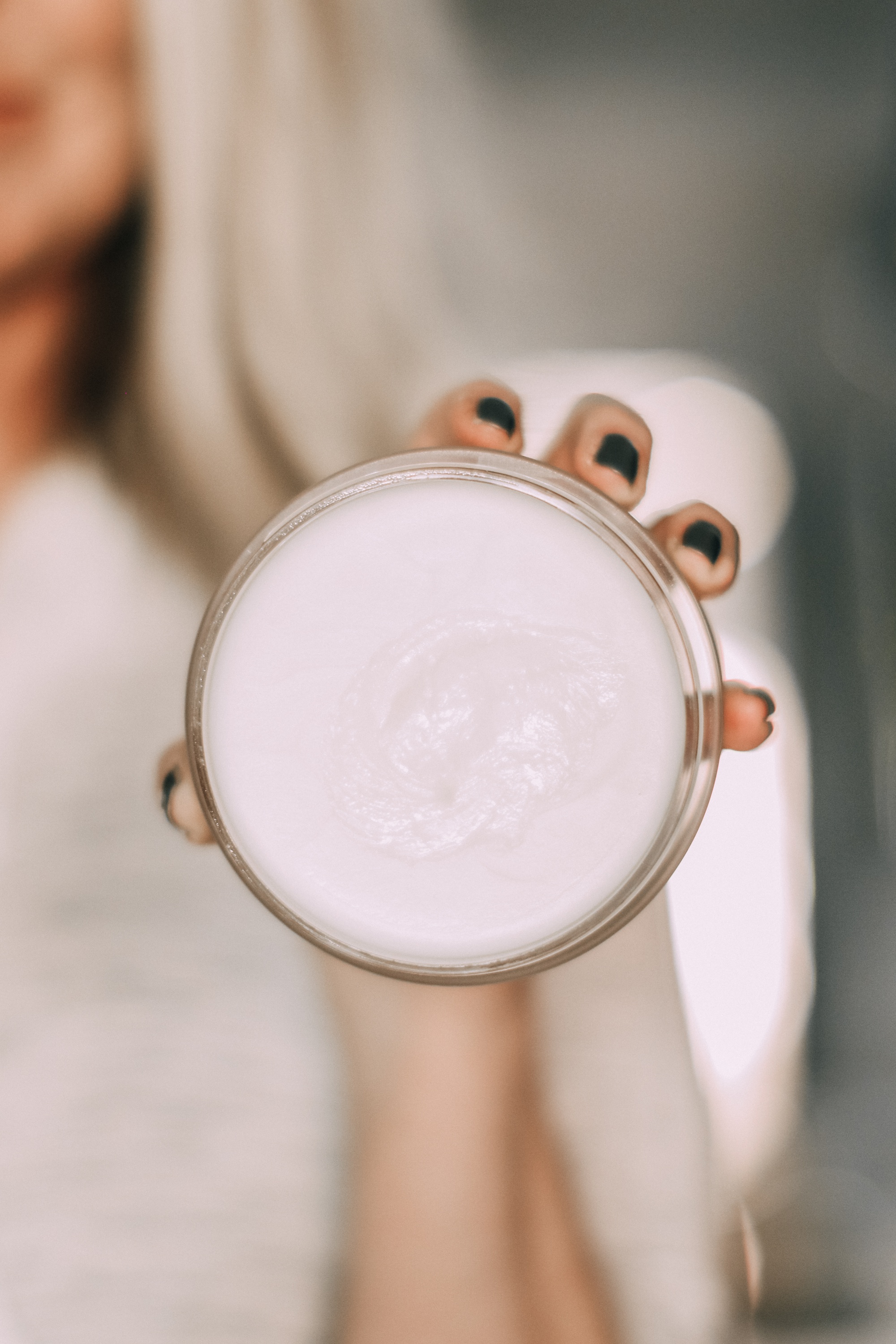
#1 | Parabens
What It Is: Parabens are preservatives. If a product has water in it, it most likely contains a preservative. We need preservatives in our products so they don’t grow mold (gross!) and other bacteria. So preservative-free is not necessarily safer. That’s why you have to research ingredients in products. The most common parabens are methylparaben, proplyparaben, isopropylparaben, and isobutylparaben. If you see an ingredient that ends in “paraben” you should try to avoid it.
Why Avoid It: The biggest problem is hormone disruption. Parabens mimic estrogen in the body which messes with how we naturally process estrogen. This may causes reproductive organ changes, thyroid disruption, and hormone-related cancers. And it was recently linked to early-onset puberty in young girls. The EU banned isopropylparaben, isobutylparaben, phenylparaben, benzylparaben, and pentylparaben. But they are still allowed in the US.
#2 | Artificial Fragrance
What It Is: There’s no way to know! Since fragrance is a trade secret, companies are not required to share the formulation. That fragrance can include a ton of ingredients that we just don’t know about.
Why Avoid It: Since we don’t know what’s in it, we can’t know if it’s safe! These fragrances have been associated with allergies, dermatitis, respiratory distress, and potential effects on the reproductive system. If it says fragrance or parfum – avoid it!
#3 | Sodium Lauryl Sulfate/Sodium Laureth Sulfate (SLS/SLES)
What It Is: SLS/SLES are foaming agents. That’s what makes your shampoo, toothpaste, and other skincare products get foamy when you start to rub/scrub it in.
Why Avoid It: They can cause skin irritation and trigger allergies. But the bigger problem is that chemical compounds known as nitrosamines are common by-products of the sulphation process. And 90% of nitrosamines are believed to be carcinogenic.
#4 | Toluene
What It is: Toluene is a petrochemical which means it’s derived from petroleum or coal tar sources. Seems like an ingredient from petroleum should not be allowed on or in our bodies, right!? It’s commonly found in nail polish and hair dyes. I know many women aren’t going to stop dying their hair or getting their nails done but it’s still something to think about. (We posted a couple of cleaner polish suggestions below.) Toluene is a solvent that can dissolve paint and paint thinner…that’s crazy!
Why Avoid It: It can be really bad for the immune system and can cause birth defects. So pregnant women should be very careful with this one! Look for any of the following on the label: benzene, toluol, phenylmethane, and methylbenzene. From research, I’ve found that if a product smooths, thickens, or perms your hair…it is typically NOT good.
#5 | Phthalates
What It Is: Phthalates are substances that are added to keep plastic from becoming brittle. It’s found in lots of fragrances, nail polish, hair spray, and more personal care items. Common phthalates are dibutyl phthalate in nail polish, diethyl phthalate in perfumes and lotions, and dimethyl phthalate in hair spray. You may see it on labels as DBP, DEHP, and DEP. But there are a lot more out there!
Why Avoid It: Phthalates are like parabens…they are hormone disruptors and can cause reproductive problems and birth defects. Several phthalates have been banned from children’s products.
#6 | Polyethylene Glycol (PEG)
What It Is: This is a synthetic ingredient used as a thickener in products like shampoo, sunscreen, and lotions.
Why Avoid It: Since it’s synthetic, it’s often contaminated with ethylene oxide, which is a known carcinogen, and 1,4-Dixane which causes respiratory problems, is banned in Canada, and is a known carcinogen.
#7 | Formaldehyde
What It Is: Formaldehyde is a preservative. A preservative used for many things but one is for dead animals used for classroom dissection…Yep! Something used to preserve dead animals can be found in our beauty products! This Harper’s Bazaar article referred to it as the f-word. Love that!
Why Avoid It: It’s a known carcinogen. And if that’s not enough, it’s also linked to asthma, neurotoxicity, and developmental toxicity. You’ll see it listed on labels as preservatives such as quaternium-15, DMDM hydantoin (found in a lot of hair products), and imidazolidinyl urea.
#8 | Oxybenzone
What It Is: Oxybenzone is an organic compound found in chemical sunscreens. If you didn’t already know the difference between chemical sunscreens and mineral sunscreens, watch this video for more information.
Why Avoid It: It’s a known endocrine disruptor and can alter thyroid function. It’s also associated with a lot of skin allergies. If you have fairly sensitive skin, you’re probably familiar with the feeling of sunscreen burning your skin. That’s most likely the oxybenzone. It’s even worse for kids because of the rate of absorption. (Here’s an EWG list of the safest sunscreens for children.)
#9 | Diethanolamine
What It Is: It’s a foaming agent used in products that lather up when you activate them by rubbing or scrubbing. Think bubble bath, body wash, shampoo, foaming cleansers, etc. It’s often abbreviated as DEA or DEOA on labels.
Why Avoid It: It’s a known carcinogen and respiratory toxin. The EU has restricted its use in products. It has no restrictions in the US.
#10 | Triclosan
What It Is: Triclosan is an antibacterial agent used to avoid bacterial contamination. Think hand soaps, hand sanitizers, etc. Studies have shown that adding it to products doesn’t even make them work any better than regular soap and water! It was banned in 2016 from soaps but is still allowed to be used in other personal cosmetics.
Why Avoid It: It’s another hormone disruptor. A study on mice shows it contributes to gut inflammation and promotes tumor growth. It’s also been linked to liver fibrosis, skin cancer, and the development of bacterial superbugs…Yikes!
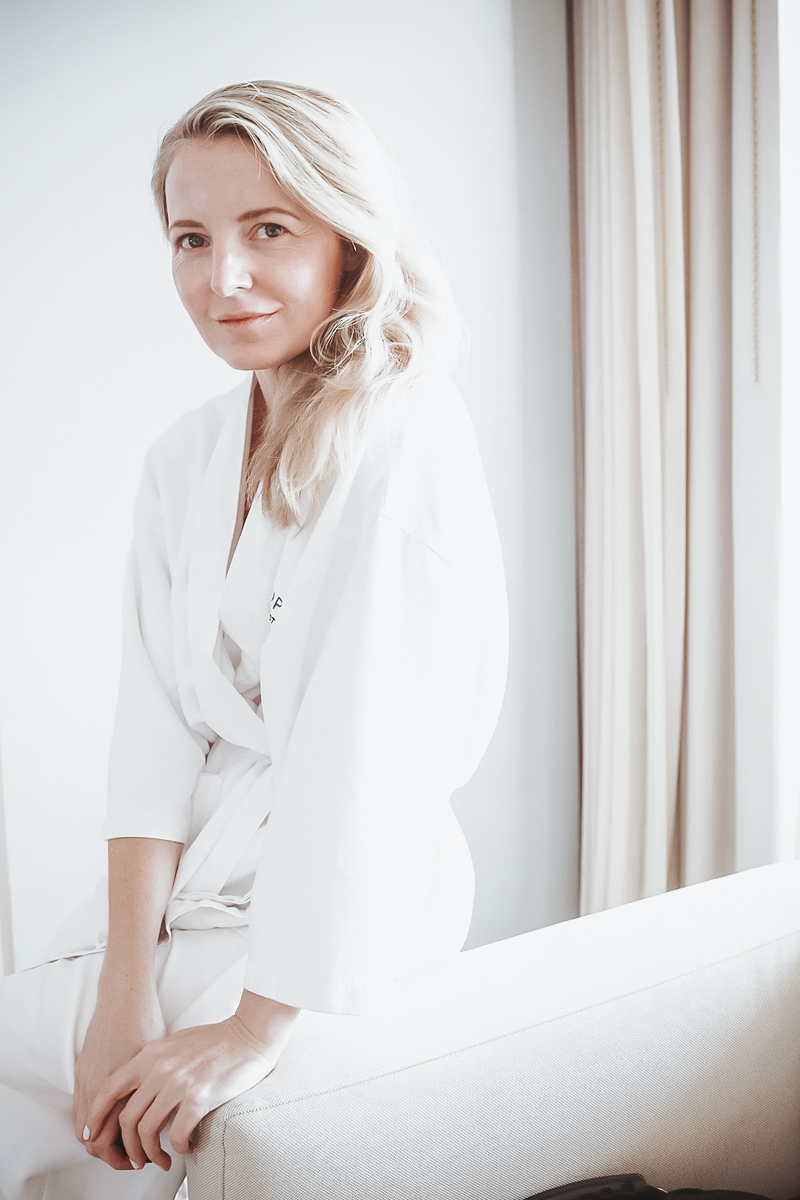
A Few More Ingredients to Consider:
- Butylated Hydroxytoluene (BHT) is a synthetic antioxidant used to preserve fats and oils in food and cosmetics and it’s an endocrine disruptor.
- Retinol or Vitamin A is a controversial ingredient. It’s great for anti-aging but it’s bad for reproductive and developmental toxicity. That’s why pregnant women should not use it. But it’s NOT a carcinogen or bad for allergies.
- Petroleum is a mineral oil used as a moisturizing agent in a ton of beauty products. It’s one of the largest contaminants in the human body due to accumulation over time. It is suspected that this is from cosmetics like lipstick and gloss.
- Lead is a metal found in lipsticks and glosses and a known neurotoxin.
- Phenoxyethanol is a preservative that scores relatively low on EWG’s scale, 2 to 4 depending on usage. But, I still wanted you to be aware of it because it’s in EVERYTHING. In small amounts, the FDA says it’s safe. But, since it’s in SO many products, I wanted you to know about it, becuase with higher usage, it could be toxic.
There are a lot of other ingredients out there that are potentially harmful for us. So again, I highly recommend doing your own research! Use the EWG Skin Deep Database …or Beautycounter’s Never List.
To get my blog posts delivered directly to your inbox, along with some awesome freebies, be sure to sign up for my newsletter here.
Thank you for stopping by!



